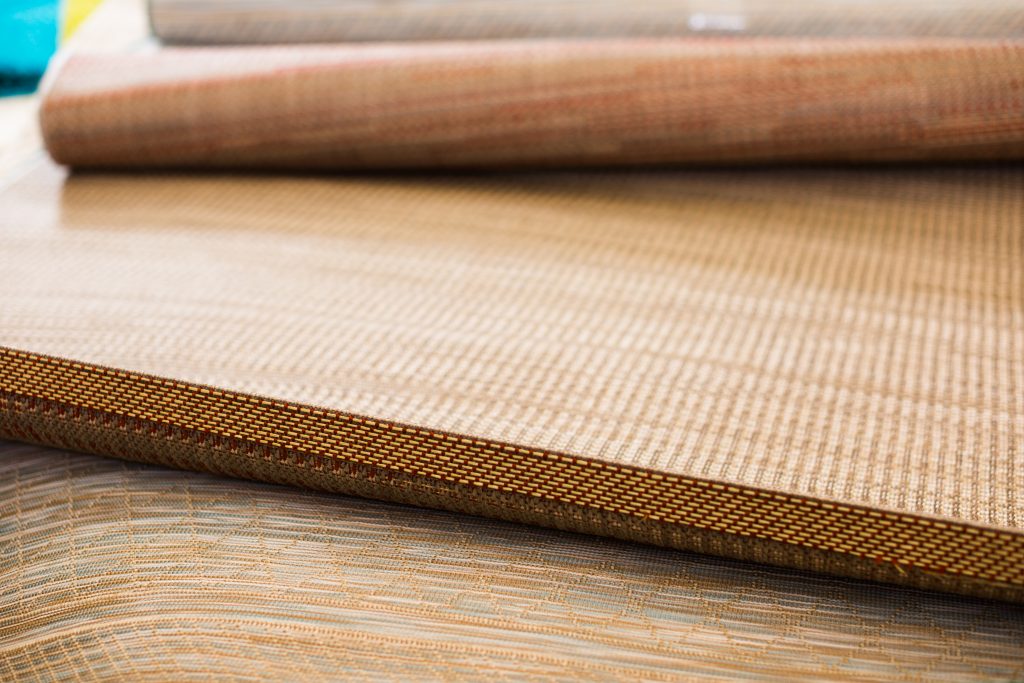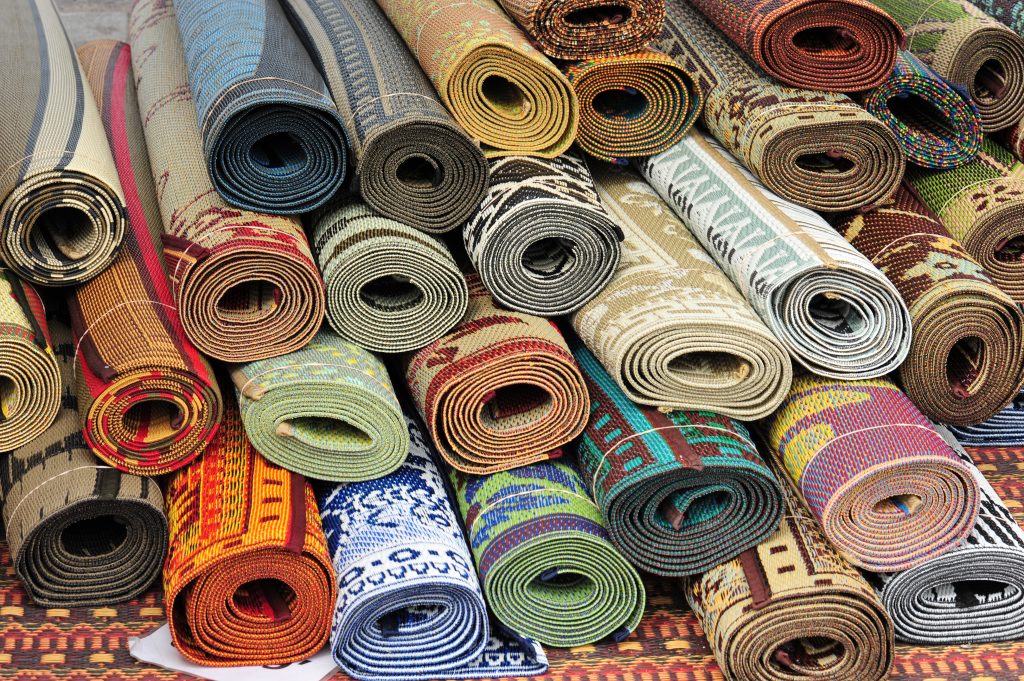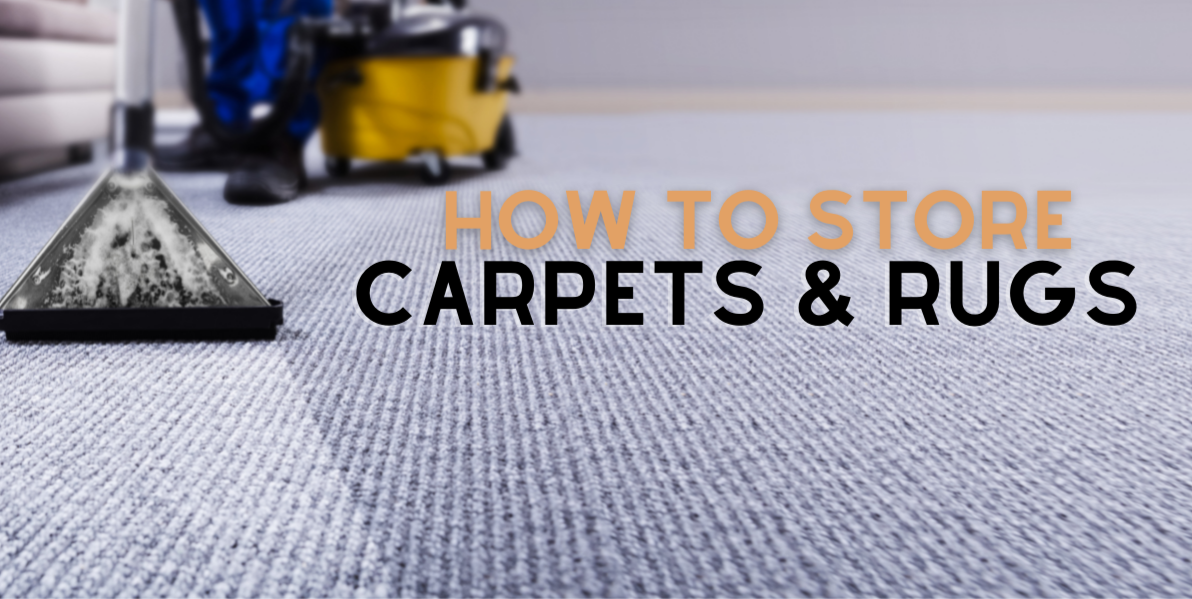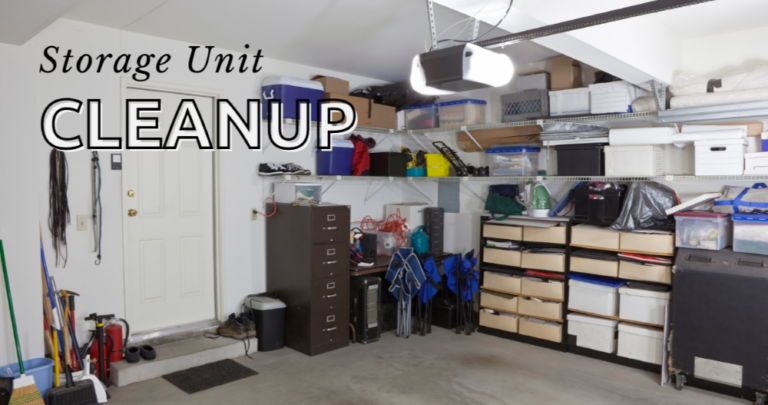How to Clean and Store Carpets and Rugs In A Self-storage Unit
Rug Storage Tips: How to Properly Store Carpets and Rugs
Storing rugs for a long time can make them lose their original shape, have a pungent odor, or be infested with pests if not properly put away. Learning the correct way of storing rugs is not a long and grueling process. To maintain the quality and condition of a rug, follow the following steps as preparation for storage.
Clean the rug thoroughly
To begin the preparation of the rug you will store, make sure it is thoroughly cleaned. Start with meticulously vacuuming it using a high-quality vacuum cleaner to guarantee you suck as much dust, dander, and other kinds of microscopic fragments as much as possible. Be extra careful when vacuuming sensitive rugs to avoid damaging the exquisite weaving.
When you’re done, read the manufacturer’s specifications on how to successfully clean a rug. The cleaning method will depend on what material the rug is made of. It’s important to refer to the label before progressing to any of the methods listed below:
Braided or woven rugs

Some small braided rugs can be washed. Put them inside a mesh laundry bag, then set the washer to gentle and dry only on a low setting to avoid ruining the weaving accents.
However, for bigger braided rugs, lay them on a vinyl or concrete floor. Wash the rug by hand using a sponge and carpet cleaning soap. Gently rub the rug to remove any dirt stuck to it, then rinse.
Handmade, oriental, and antique rugs
Lay a sheet of nylon screen on an antique or vintage rug before you vacuum it to protect its delicate condition.
Treat an oriental rug like how you would treat a wool rug. These types of rugs should be washed at least once yearly and rotated every few months to make sure the ware will be distributed evenly.
Ask for care directions from the seller when purchasing antique rugs. Or you can seek an expert in your area and ask for their recommendation for the rug especially.
Rush, coir, grass, and sisal rugs
These types of rugs let much dirt go through the floor because they are made of natural fibers. It is pertinent to vacuum them frequently.
Clean the rug using water and soap. Use a soft brush to remove any stains. Lay a plastic sheet underneath it to make sure the floor itself is protected from getting soaked. You can use a dryer or a fan to help the drying process go quickly because water may weaken the fiber.
Sheepskin, hair-on hides, or fur rugs
Use talcum powder with no scent to clean these kinds of rugs. Simply sprinkle the powder on it, then let it sit unbothered for some time.
Brush the hair to spread the powder, then shake out the excess. You will have to repeat the process multiple times for it to be effective.
Protect the rug from a bug infestation
If you are planning to store an area rug in the attic, the basement or a garage, make sure it has sufficient protection from insects and moths. You can apply a moth and insect repellent that is specifically used for fabrics.
Roll the rug tightly

Carpets are not meant to be folded. Folding will cause creases and cracks to happen. Roll the carpet tightly to form an even cylinder instead.
To know which is the correct way to roll the rug, check which is more delicate: the underside of the rug or the side with fibers on it. Generally, the side where the fibers are is more fragile, so you should protect it by rolling the rug inwards.
To effectively roll a rug
Be mindful in rolling a rug, keep it as straight as you possibly can. If you can’t keep it straight on your own, you may use a rod as a guide. If you have one that is specifically made for a rug, use it. But if you don’t, a thick curtain rod or a wooden dowel will suffice.
Use a protective fabric to wrap a rug with
If you are planning to ship or transport a rug, ensure it is snugly wrapped first. This additional layer of protection will aid in keeping dirt, bugs, and other factors that can cause damage to the fragile fibers.
How to properly wrap a protective fabric around a rug
You may use either a sheet of muslin or cotton fabric in wrapping a rug. Go around the rug at least twice to make sure it will stay protected. You can fasten the sheet to the rug using polyester or cotton tape.
If you have a wrap that is specifically made for rugs, you may use that one. Rug wraps are made to grant a high-caliber barrier against insects and moisture. It will be far more effective than just muslin or regular cotton wrap.
Never wrap a rug in plastic since it is not a breathable material.
Choose a dry and cool space to keep a rug in

The location where you plan to store a rug is important to make sure it will remain in good condition and be protected from elements that may cause irreparable damage.
Make sure nothing lays on top of the rug. Having something sit on top of it for an extended period of time may cause dents that might not go away. It can also have cracks and lose its original shape. Storing a rug in a dry and cool space without unnecessary sun exposure is crucial.
Tips to keep in mind
To prevent mildew issues, use a dehumidifier or a fan and use blinds or shades on windows to aid in blocking natural light. When in storage, do not leave a rug on the ground. Keep it on an elevated surface to stop carpet beetles from infesting the space between the underside of the rug and the floor.
Check on it every few months
To be on the safe side, we also recommend unrolling the rug at least once monthly to check if there are bugs on it. Vacuum the immediate surroundings and the rug itself to remove dust that may attract insects.
Why is it important to learn how to store rugs and carpets?
Rugs of great quality are not easy to find, and they do not come cheap regardless of their size and material. However, if you take exceptional care of them, they will last for years. But if you keep them haphazardly, there are many different ways that they can be permanently damaged. They could either suffer from pest or water damage, lose color or shape, and harbor a pungent odor.







